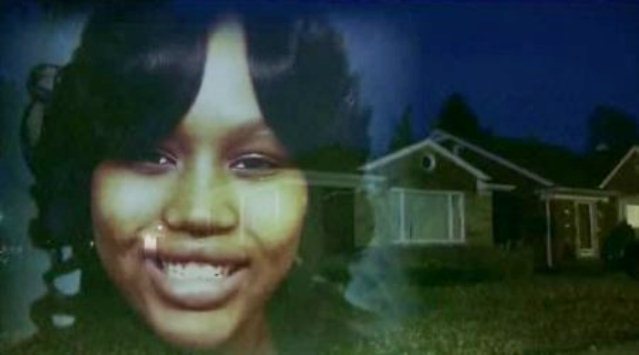
Renisha McBride’s photo superimposed on Theodore Wafer’s Dearborn Heights house, where he shotgunned her to death.
Daily media tainting jury pool? Describes barred evidence sight unseen
Dr. Werner Spitz rambles about case events, not cause of death; to testify on human response to fear
Hearing to continue Mon. June 30 at 9 a.m.
By Diane Bukowski
June 28, 2014
Detroit — Wayne County Circuit Court Judge Dana Margaret Hathaway ruled June 27 that text messages Dearborn Heights police took from Renisha McBride’s cell phone are inadmissible as evidence in the trial of her killer, Theodore Wafer.
“None of these show that she would have been aggressive,” Hathaway said firmly. “They are unfairly prejudicial.” She said that they were not even proof of unrelated criminal activity. She also barred the use of police reports from two incidents that did not result in charges, and the use of a “crime map” of Wafer’s neighborhood composed by the police.
Hathaway postponed a final determination on the use of photos on the cell phone until Monday, June 30, although she said she believed the photos were not conclusive proof of anything.
Holding up her personal cell phone, Assistant Wayne County Prosecutor Danielle Hagaman-Clark asked,”You might find a naked picture of me. Does that make me a hooker?”
The Detroit Free Press vividly described the alleged contents of the barred evidence, using only defense attorney Cheryl Carpenter’s verbal depictions. Carpenter contended McBride was the aggressor in the case and was generally involved in criminal activity. The texts and photos were not shown during the pre-trial hearing.
Ironically, the U.S. Supreme Court ruled 9-0 on June 25 that police must get a warrant to search a person’s cellphone, in Riley v. California and U.S. v. Brima Wurie. Dearborn Heights police had no such warrant. They conducted no similar search of Wafer’s phone.
“They’re treating her like she’s the criminal,” McBride’s aunt Bernita Spinks said after the evidentiary hearing. “My niece is dead. They talk about her being under the influence of alcohol and marijuana, but her killer was never tested for alcohol, barbiturates or opiates. She was never a bad person. She went to Southfield High School, and many of her classmates are wearing T-shirts with her photo.”
Spinks said her niece was likely disoriented, and may have thought she was at her mother’s house, which resembles Wafer’s house. McBride had a car accident in Detroit several hours before her body was found on Wafer’s porch in Dearborn Heights, a half-mile away; cracks in the windshield show that she may have hit her head on it. At the accident scene, she kept telling witnesses that she just wanted to “go home.”
Wafer, 54, blasted McBride, 19, in the face with a shotgun on that porch in the early morning hours of Nov. 2, 2013. He faces a capital charge of second-degree murder, which carries up to life in prison. He is also charged with manslaughter—death by weapon aimed with intent but without malice, which carries up to 15 years in prison, and felony firearm, which carries a mandatory consecutive penalty of two years.
To date, he has not served a day in prison, although capital charges generally result in remand, not bond. McBride’s case has been compared nationally to the killing of Trayvon Martin by George Zimmerman in Sanford, Florida last year.
Judge Hathaway partially granted a defense motion to have forensic pathologist Dr. Werner Spitz testify directly after Wayne County Medical Examiner Kilak Kesha during the prosecution’s case, within limits. Kesha testified extensively at Wafer’s preliminary exam about McBride’s autopsy, including the cause and manner of her death.
Spitz said he has been certified as an expert only in the field of forensic pathology, not in the fields of physiology, psychiatry, or neurology. He said he has published no research of his own in these areas. But he is to testify primarily on the human physiological response to fear, with reference to Wafer.
Assistant Prosecutor Athena Siringas conducted a lengthy cross-exam of Spitz, contending he should only testify on cause and manner of death.
“You’ve given opinions here that involve psychology, physiology, neurology, all things that human beings do while they’re alive, and you’ve actually only examined dead people,” she told him.
Spitz countered, “The issue is how did it all happen? The cause of death is the simplest thing: anybody in the street, hundreds of people could make that determination.”
Siringas questioned why Spitz’s testimony, if allowed, should not be taken after Wafer’s during the defense case, if Wafer takes the stand. Judge Hathaway said she will instruct the jury to disregard Spitz’ testimony if Wafer does not testify.
“Quite frankly, I don’t know how the defense can put on a case of self-defense without the defendant testifying,” Hathaway said.
Spitz, who is 88, gave a bizarre, rambling hour-long description of a crazed, aggressive McBride pounding on and breaking the doors of Wafer’s home. He said he based that depiction on police reports and discussions with defense attorneys.
Spitz said he talked to Wafer only briefly at his home, but not about the case. He said he had not seen the police videotape of Wafer’s statement directly after the killing, nor witness statements from neighbors where McBride earlier crashed her car in Detroit. During the preliminary exam, those neighbors described McBride as disoriented but not aggressive.
“He heard pounding from different areas of the house and was wondering was he being attacked,” Spitz said. “He ran to the main door. The way I understood, he had a feeling of impending doom.”
Spitz also commented generally about an individual’s psychological reaction when awakened from a deep sleep. He brought a cartload of medical textbooks to the hearing, to demonstrate his source of knowledge in fields other than which he is certified as an expert.
Siringas asked, “Is a normal reaction [to a fear of impending doom] to open your door and expose yourself?”
Wafer has a large picture window in his living room to the left of his solid front door.
“He couldn’t have looked through his front window because it had vertical blind slats, and that would have exposed him completely,” Spitz contended. “He couldn’t look through the peephole because it was broken.”
Wafer opened the locked front door and shot McBride with a 12-gauge shotgun through the screen door, according to testimony at his preliminary exam. Carpenter and Spitz, however, contend the unarmed McBride damaged the screen door herself and broke a peephole in the solid door prior to being shotgunned to death.
Dearborn Heights police did not take the screen door into evidence until Nov. 11, nine days after McBride’s death, from Wafer’s basement. The defense claimed during the preliminary exam that “smudges” on both front and side doors were evidence that McBride hit them, but prosecutors said no fingerprints, palm prints, or evidence of human contact were found.
Spitz testified that he reviewed McBride’s autopsy report, photos of her body, and transcripts of Kesha’s testimony at the preliminary exam. He said a photo of McBride’s left hand showed that it was swollen and bloody, and implied that the apparent injury resulted from her pounding on the door. He said Kesha’s report “did not address whether there was an injury on the back of her hand,” and that the hand should have been X-rayed or cut open.
During the preliminary exam, Kesha said it was apparent there was no wound in McBride’s hand after her body was washed. He said McBride had a gaping wound in her face, resulting from 10-20 shotgun pellets which he said “pulpified” her brain and caused blood loss.
Spitz did affirm Kesha’s description of the cause of death as the shotgun wound to the face, and the manner of death as “homicide.”
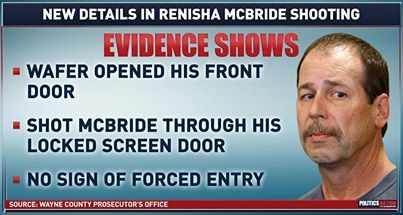 Judge Hathaway also denied a defense motion to present a map of crimes in Wafer’s neighborhood, including petty larceny, provided by the Dearborn Heights police. The map as displayed on a screen had large black blotches all over a broad area alleged to portray instances of crime, without regard to the severity of the crimes.
Judge Hathaway also denied a defense motion to present a map of crimes in Wafer’s neighborhood, including petty larceny, provided by the Dearborn Heights police. The map as displayed on a screen had large black blotches all over a broad area alleged to portray instances of crime, without regard to the severity of the crimes.
“What matters to me,” Judge Hathaway said, “is what the defendant actually knew [about nearby crimes], testimony from him and his neighbors.”
Hathaway said she would defer a ruling on a change of venue until after jury selection.
The hearing is to resume Monday, June 30 at 9 a.m.
Related stories:


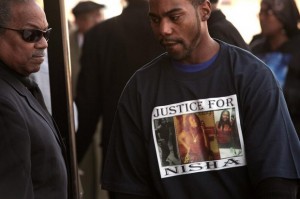

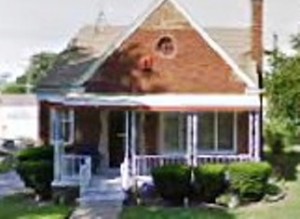
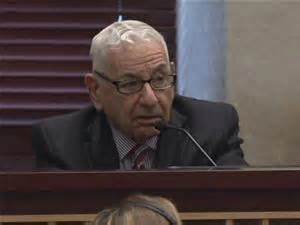

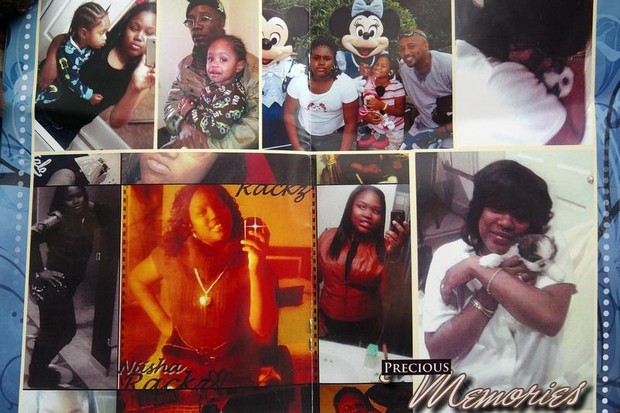
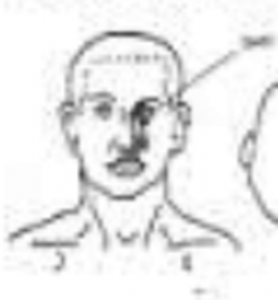




Wow, marvelous weblog format! How lengthy have you been blogging
for? you make running a blog glance easy.
The whole glance of your website is wonderful, as smartly as the content!